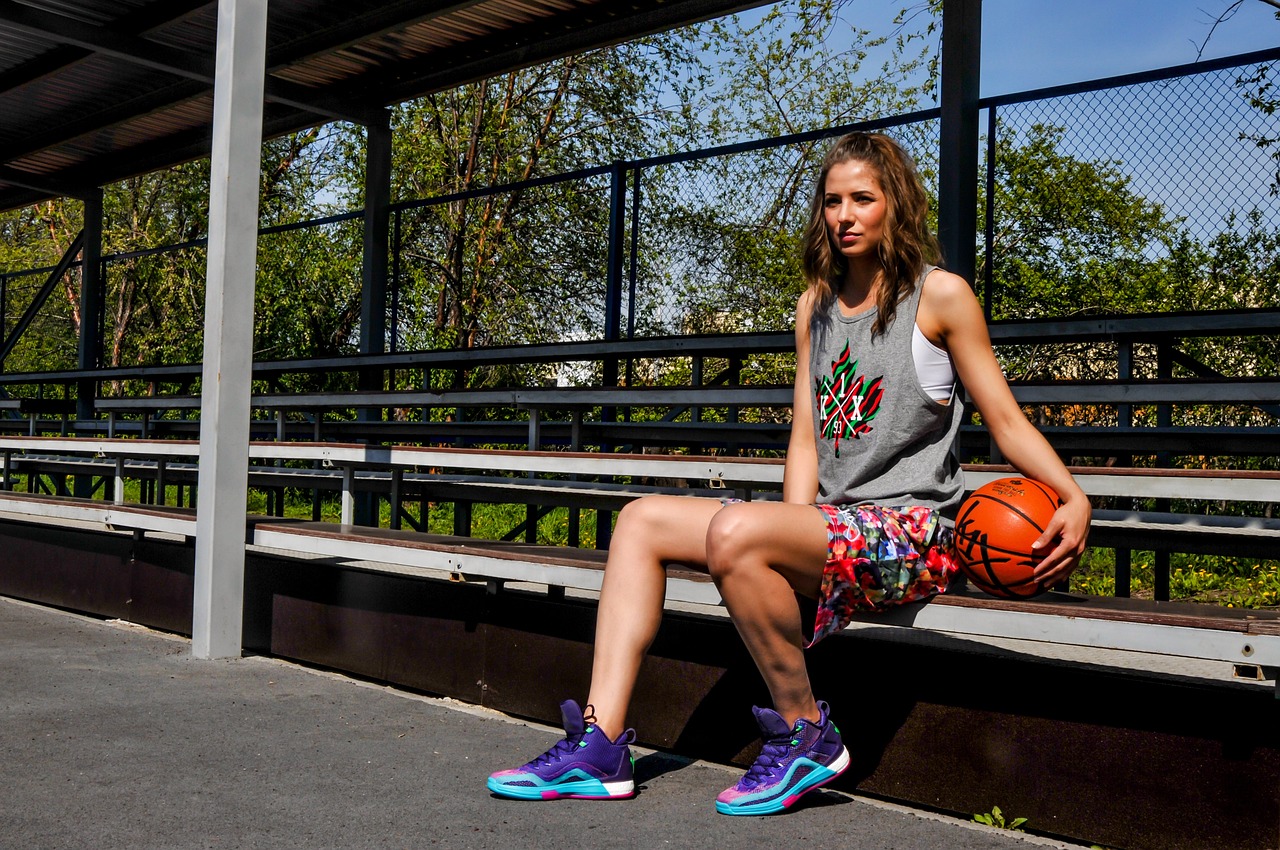What are the cultural influences on sports fashion trends around the world?

Fashion, like many other aspects of our lives, is steeped in culture. It is shaped by people, their beliefs, traditions, and environment. Sports fashion, or ‘athleisure’ as it is commonly referred to, is no exception. The booming athleisure and streetwear trends are influenced by a myriad of cultures from every corner of the world. In this article, we will explore the cultural influences on sports fashion trends in different countries and regions, the socio-cultural impact that these trends have on people, as well as the role of brands in promoting and propagating these trends.
The African Influence
The African continent is rich in cultural diversity with over 2000 distinct ethnic groups each having unique traditional clothing. African culture has been a great source of inspiration for numerous fashion designers around the world and has had a significant impact on contemporary sports fashion.
Dans le meme genre : What are effective strategies for managing performance anxiety in individual sports like gymnastics or diving?
Ankara print, a vibrant, colourful fabric that is a staple of West African attire, for example, has found its way into sports fashion. You’ll find it gracing everything from sneakers to tracksuits, making a bold statement. Kente cloth, another indigenous Ghanaian textile, characterised by its bright, multicoloured, geometric patterns, has also been incorporated into athleisure wear. These styles have permeated into mainstream fashion and are worn by people from all walks of life, not just those of African descent.
Another trend that is gaining popularity is that of Maasai beadwork. The Maasai are a Nilotic ethnic group in East Africa, known for their distinctive dress and customs. Their intricate beadwork has been used in sports fashion, appearing on everything from baseball caps to sports bras, further showcasing the influence of African culture on sports fashion.
En parallèle : What role do nutritionists play in optimizing athletes’ dietary plans?
The Asian Influence
Asia, with its diverse cultures, has also contributed significantly to contemporary sports fashion. From Japan’s minimalist aesthetic to India’s vibrant colours and intricate patterns, Asian cultures have added unique elements to sports fashion.
Japan’s traditional clothing, such as the kimono, has inspired a trend dubbed ‘sports luxe’. This trend incorporates elements of traditional Japanese clothing, like wrap fronts and wide belts, into sports fashion. It is characterized by its simplicity, clean lines and muted colours, staying true to Japanese aesthetics.
On the other hand, India’s love for bright colours and intricate patterns has led to the rise of the ‘Boho sport’ trend. This trend is all about freedom and individuality, with pieces featuring tie-dye, florals, and ethnic prints, combined with the comfort of sportswear.
In South Korea, the streetwear trend, a blend of sports and urban fashion, is booming. Influenced by K-Pop culture, Korean streetwear is about individuality, self-expression, and breaking the norms. It has impacted global fashion trends, with its influence seen from high fashion runways to everyday athleisure wear.
The European Influence
Europe’s influence on fashion is legendary. The continent has been the birthplace of many fashion trends, including those in sports fashion. Particularly, the influence of British and Italian cultures is notable.
The British love for football has influenced sports fashion immensely. Football jerseys have transcended from being just sportswear to everyday streetwear. Brands have taken note and are now releasing fashion-forward football jerseys, featuring unique designs and collaborations with fashion designers.
In Italy, a country known for its impeccable fashion sense, the ‘athluxury’ trend has emerged. This trend is a sophisticated take on athleisure, combining luxury materials, like silk and cashmere, with the comfort of sportswear.
The Role of Brands in Sports Fashion Trends
Fashion brands play a crucial role in shaping sports fashion trends. They are the ones who take these cultural influences and translate them into wearable fashion. Brands like Nike, Adidas, and Puma have incorporated various cultural elements into their designs, making sports fashion a melting pot of cultures.
Brands also play a significant role in promoting sports fashion trends. Through their marketing campaigns, collaborations with celebrities, and fashion shows, they bring these trends to the forefront, making them mainstream. They leverage the power of social media to reach a global audience, making sports fashion trends a global phenomenon.
The Socio-Cultural Impact of Sports Fashion Trends
Sports fashion trends are more than just what people wear; they have a socio-cultural impact. They can serve as a platform for cultural exchange, fostering understanding and appreciation of different cultures. They can also be a means of self-expression, allowing individuals to showcase their identity and values.
On a broader scale, sports fashion trends can influence societal norms and perceptions. They can challenge traditional notions of what sportswear should look like, promoting inclusivity and diversity. Additionally, they can contribute to the economy by creating jobs and contributing to a country’s GDP.
In conclusion, sports fashion is a reflection of the world we live in. It is influenced by various cultures around the world and in turn, influences society. It is a vibrant, dynamic field that is constantly evolving, just like us.
Cultural Appropriation or Appreciation?
The exchange of cultural elements in sports fashion has sparked debates on cultural appropriation versus appreciation. Cultural appropriation refers to the adoption or imitation of elements of one culture by members of another culture, often without understanding or respect for the original culture, which can be seen as offensive or disrespectful.
For instance, some people argue that fashion brands using traditional African or Asian elements in their designs might be seen as appropriating those cultures, particularly if they are not credited or acknowledged. This is a crucial aspect to address while discussing the cultural influences in sports fashion.
On the other hand, if done thoughtfully and respectfully, these cultural exchanges can promote appreciation and understanding of different cultures. It might lead to a greater appreciation of the cultural heritage behind the styles and designs. For instance, when brands collaborate with local artisans or ensure that the cultures they draw inspiration from are appropriately credited and benefit from the collaboration, it can be seen as cultural appreciation.
In fact, many young people, who are the primary consumers of athleisure wear, see the fusion of different cultural elements in sports fashion as a positive thing. They view it as a way to learn about and connect with other cultures. However, it’s essential for the fashion industry to navigate this sensitive territory with respect and understanding, acknowledging the cultural heritage and the people behind the inspirations.
The Influence of Urban Culture and Hip Hop
The influence of urban culture and hip hop on sports fashion is undeniable. Originating in the streets of the United States, hip hop has spread its wings far and wide, influencing global fashion in a big way.
Hip hop fashion is about self-expression, rebellion against the norm, and creating one’s unique identity. It is a reflection of the socio-cultural environment from which it originates. Baggy pants, oversized shirts, tracksuits, sneakers, and baseball caps, all staples of hip hop fashion, have found their way into mainstream sports fashion.
Brands have tapped into this trend, collaborating with influential hip hop artists to create collections that resonate with the young people. This has further boosted the popularity of these trends. For instance, Adidas’s collaboration with Kanye West and Puma’s collaboration with Jay-Z have been hugely successful.
Moreover, the influence of hip hop extends beyond clothing to accessories and even hairstyles. Gold chains, oversized sunglasses, snapbacks, and braids are all part of the hip hop fashion trend that has influenced sports fashion.
In essence, hip hop has played a significant role in shaping sports fashion, making it more than just clothing but a form of self-expression and cultural identity.
Conclusion
In conclusion, sports fashion is a vibrant and dynamic field, constantly influenced by various cultures around the world. From African prints to Asian aesthetics, European sophistication, and the edginess of hip hop, sports fashion trends are a melting pot of global influences.
At the same time, these trends are more than just fashion choices; they have a socio-cultural impact, influencing societal norms, promoting cultural understanding, and contributing to economies. Brands play a significant role in shaping and promoting these trends, but they need to navigate the fine line between cultural appreciation and appropriation respectfully.
As consumers, we also have a role to play in understanding the cultural influences behind the trends we buy into. By doing so, we can contribute to a more inclusive and appreciative fashion industry.
Evidently, sports fashion is a reflection of the world we live in, a world that is rich in cultural diversity. It is a testament to our shared humanity and the beauty of our diverse cultural identities. As the fashion industry continues to evolve, it’s exciting to see how these cultural influences will shape the future of sports fashion.
